
cd_nom
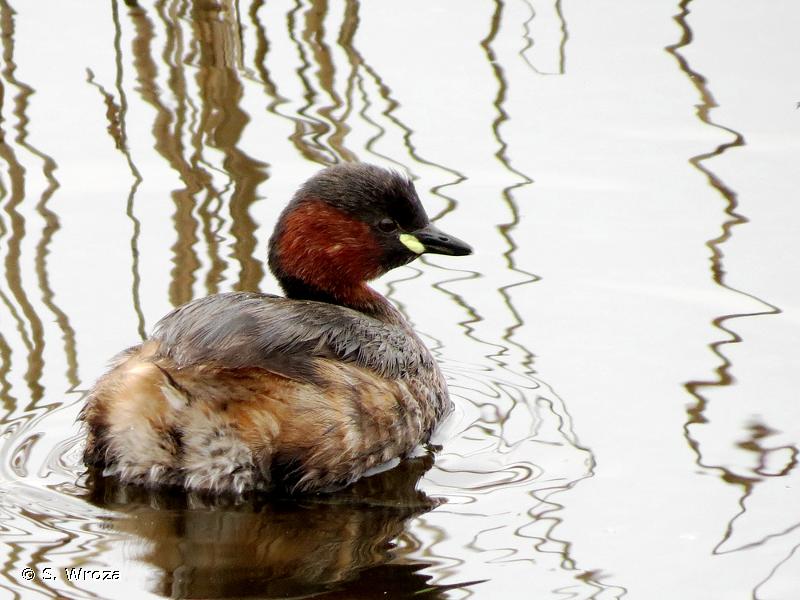
| Author : S. Wroza |
 |
Despite the Creative Commons license, please inform the author of the use which will be made of his photo
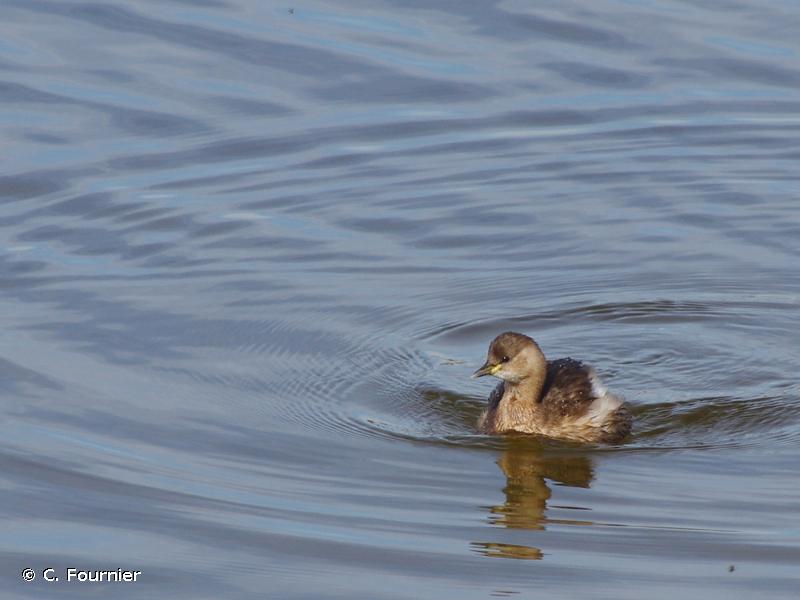
| Author : C. Fournier |
 |
To get the picture, please visit:
Despite the Creative Commons license, please inform the author of the use which will be made of his photo
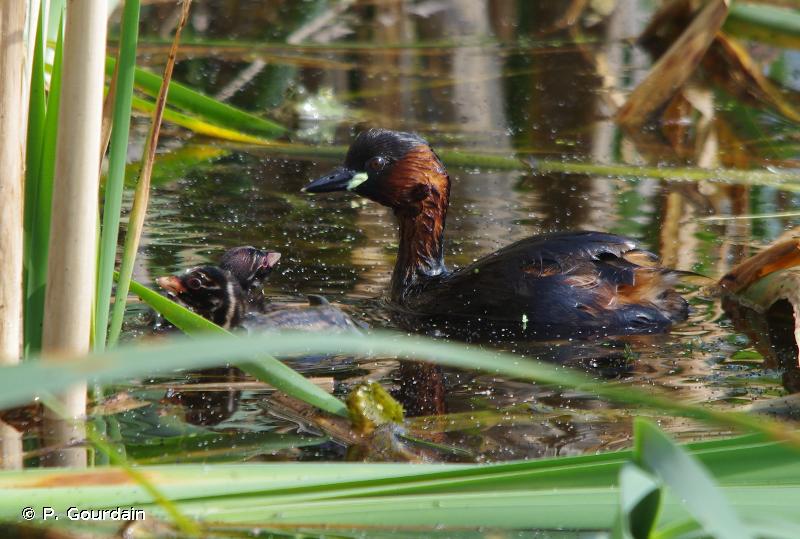
| Author : P. Gourdain |
 |
To get the picture, please visit:
Philippe GOURDAIN
Muséum national d'Histoire naturelle - Service du Patrimoine Naturel
36 rue Geoffroy Saint-Hilaire
75 231 PARIS CEDEX 05
email : inpn@mnhn.fr
Despite the Creative Commons license, please inform the author of the use which will be made of his photo
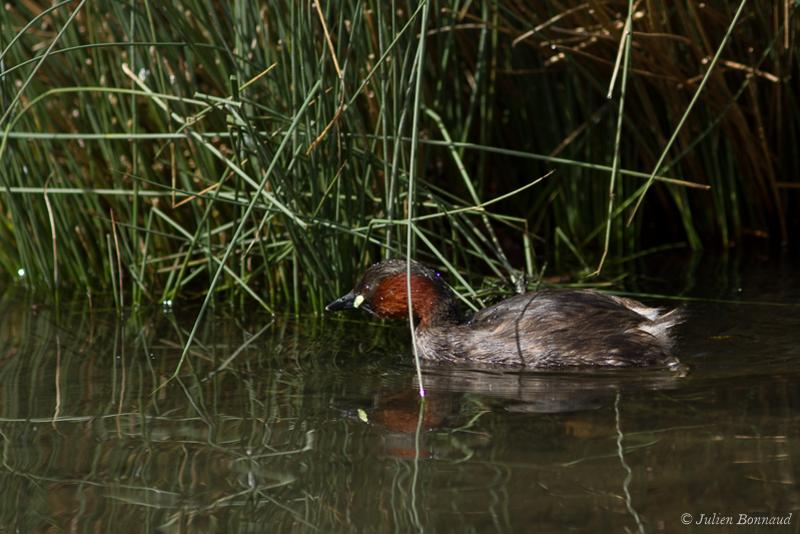
 |
To get the picture, please visit:
Julien Bonnaud
email : inpn@mnhn.fr
Any reuse of one or more photographs on this site is subject to an authorization request from the author.
Link to the Code of Intellectual Property (Legifrance)
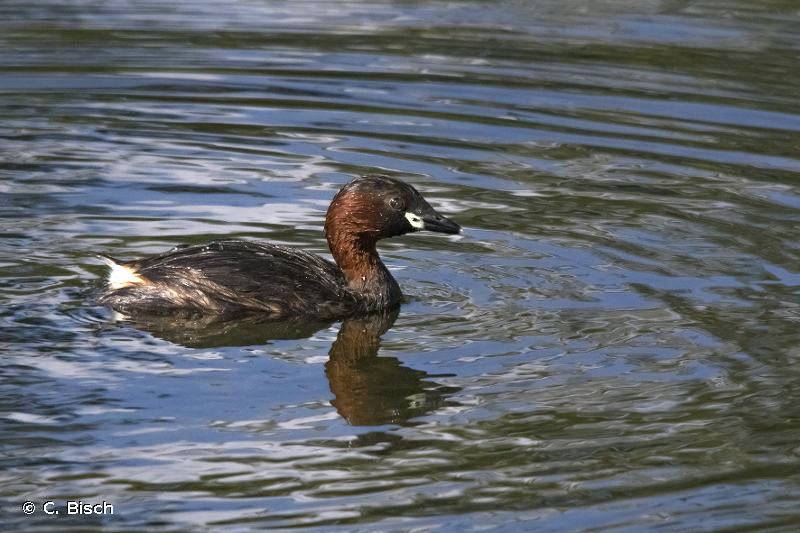
| Author : C. Bisch |
 |
To get the picture, please visit:
Claude Bisch
email : inpn@mnhn.fr
Despite the Creative Commons license, please inform the author of the use which will be made of his photo

| Author : S. Wroza |
 |
To get the picture, please visit:
Wroza Stanislas
Muséum national d'Histoire naturelle - PatriNat
36 rue Geoffroy Saint-Hilaire CP 41
75 231 PARIS CEDEX 05
e-mail : s.wroza@hotmail.fr
Despite the Creative Commons license, please inform the author of the use which will be made of his photo
Longueur 25-29 cm, envergure 40-45 cm, poids moyen 130-190 g.
Les habitats recherchés sont variés mais les préférences en période de reproduction vont vers les plans d’eau ou les anses d’une profondeur inférieure au mètre et d’une superficie inférieure à l’hectare, avec des berges couvertes par la végétation aquatique. En période internuptiale, il exploite des milieux plus ouverts comme les lacs et les grands plans d’eau artificiels, ainsi que les estuaires et les côtes bien protégées.
L’alimentation consiste essentiellement en insectes et larves, mollusques (plus que les autres grèbes européens), crustacés, larves d’amphibiens et petits poissons. Les plongées sont courtes (10 à 25 s) et atteignent rarement 2 m de profondeur.
L’espèce est faiblement grégaire. Après la reproduction, elle est solitaire ou en groupes lâches atteignant la trentaine d’individus (maximum de 700). Les juvéniles émancipés se regroupent fréquemment dans des zones à fortes potentialités alimentaires, de même que les adultes pendant la mue postnuptiale. Le Grèbe castagneux est monogame et fortement territorial. Il occupe s’il le peut le même territoire tout au long de l’année. Des cas de colonies lâches sont signalés, les couples défendant alors uniquement les abords du nid.
Le nid est une plate-forme flottante amarrée à la végétation aquatique ou à des branchages. Les œufs sont pondus à partir d’avril (rarement dès la fin février). Il y a 2 pontes annuelles de 4 à 6 œufs (2 à 7, max. 10), incubés 3 semaines. Les jeunes sont volants au bout de 44 à 48 jours.
Spanneut, L.(Ecosphère, Service du Patrimoine Naturel.),2008
Continental
Metropolitan France
Overseas
Marine
Metropolitan France
Overseas
The map presents a summary at the 10 x 10 km grid of the observation data for the species transmitted to the SINP. These data have been subjected to validation filters.
The map presents a reference distribution layer of the species at the scale of departments and marine sectors. The presence and absence data were established by expertise within a network of partners. This reference distribution is used in the validation process of the SINP data at the INPN level.
Corresponds to a report on the basis of at least one observation proved within a period of 10 years (20 years for little-known invertebrates) preceding the year and no presumption of extinction since obtaining the last data nor doubt on reproductive and implemented nature of this population. For migratory species, the presence indicated concerns areas of reproduction.
This status is based on one or more of the following criteria:
This point covers the absence, more difficult by nature to demonstrate than presence. This status is based on one or more of the following criteria:
This status must be assigned to a department in which the presence of the species is casual.
Particular case of absence due to a proven extinction less than a half century ago (older disappearances are treated as "no probable or definite").
In the state of knowledge, we can not comment on the presence or absence in the current department. This is the default status when not comprised in one of the previous categories or whenever there is doubt.
The map shows the global distribution of the species based on GBIF data (Global Biodiversity Information Facility).
